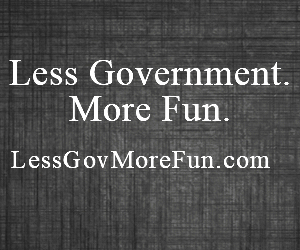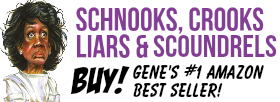It seems like everyone is discussing President Donald Trump’s tariffs in the news cycle nonstop. So it’s only appropriate for us to deep-dive into Trump’s controversial use of tariffs as a strategic tool in global trade negotiations—especially after his recent 90-day pause on most of them and his message to the American people to “just be cool” in the interim.
Whether you’re a seasoned policy wonk or just trying to wrap your head around why everyone’s arguing about taxes on imports, here’s our take on the situation. Take it for what it’s worth!
What the Heck Is Going on with Tariffs?
First, don’t expect a dry economic breakdown. Yes, we said this is a deep dive, but we’re focusing mainly on the political impact of Trump’s tariff strategy. After all, we’re not economists—we offer political commentary that blends common sense with insights into negotiation tactics and the shifting political landscape.
That said, here’s how we see things—in a nutshell.

What Trump’s 90-Day Tariff Pause Means for Tariff Strategy
Yesterday, President Trump issued a temporary 90-day hold on several global tariffs, calling it a “transition to greatness”—code for a big-picture reset he believes will realign U.S. trade dominance. His message to Americans: stay cool—it’s part of a bigger plan.
That should lead you to believe that Trump’s end goal is not a full-on trade war on multiple fronts. Rather, he sees tariffs as more than a source of revenue. In Trump’s world, tariffs are tools—leverage to pressure foreign governments and reset decades of globalization-fueled trade imbalances that have pushed manufacturing out of the U.S. to places with artificially cheap business environments.
And tariffs don’t exist in a vacuum. Trump’s broader economic strategy blends tariff revenue with cost savings, which could offset the loss of consumer-driven income (like sales taxes), potentially resulting in a net increase in revenue.
That said, sometimes a tariff is just a tariff.
Using Tariffs to Drive Revenue from Foreign Markets
Beyond negotiations, Trump has floated a 10% across-the-board tariff to generate direct revenue from countries selling into the U.S. This would serve not just to correct trade imbalances, but to create an alternative revenue stream to help pay down national debt.
Think of it like a cover charge to enter the hottest club in town: Trump sees America as the world’s premier economic destination. So why not be the bouncer at the door if it drives income and, perhaps, reduces the need for domestic taxation?
How Tariffs Combat Bad Faith Trade Practices
Let’s not forget—not every nation plays fair. Some countries tolerate slave-level wages, dismal labor conditions, and other predatory practices that severely undercut U.S. industries. Why should America reward that behavior with free access to our markets?
Tariffs on bad actors—like a certain “Middle Kingdom,” you know the one—can restore some fairness by accounting for those unethical cost advantages. When pricing parity is restored, American consumers can weigh ethical practices when choosing where to spend their hard-earned money.
Even with friendly trade partners, the playing field isn’t always level. Many use a combination of tariffs and VAT (Value Added Tax) to steer commerce toward domestic products. While a VAT isn’t technically a tariff, Trump sees tariffs as a countermeasure to these non-tariff barriers.
And to prevent tariff dodging through smaller “pass-through” nations, a flat-rate, across-the-board tariff simplifies the system and closes loopholes. It sends a message: no more backdoor access.
Tariffs, Investment, and Risk
Critics of Trump’s tariff policy argue that unpredictability—pausing tariffs one day, reinstating them the next—scares off foreign investment. That’s not entirely wrong, but it’s not the full story either.
While some global capital might stay cautious, protected industries like steel and autos now have stronger footing at home. With fewer foreign competitors undercutting them, these sectors can reinvest and expand domestically. Trump’s message here is clear: I’ve got your back—now go build something.
Final Thoughts on Tariffs
Here’s the TL;DR: tariffs are more than taxes—they’re tools. Tools to rebalance trade, restore fairness, and give America more control over its economic destiny. Trump’s approach to tariffs may not be conventional, but it’s certainly vintage Trump, who has never shied away from taking big political swings.
You don’t have to agree with every move, but maybe there’s more to this than the usual anti-Trump handwringing would have you believe.
Where do you stand on all this Trump tariff news? Is Trump’s 90-day pause on tariffs a trade war detour or savvy negotiation? Are critics missing the big picture on what this means for trade? Whatever your opinion, we’d love to hear it—drop your thoughts in the comments!








